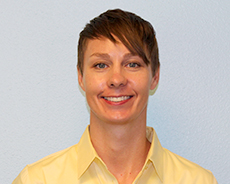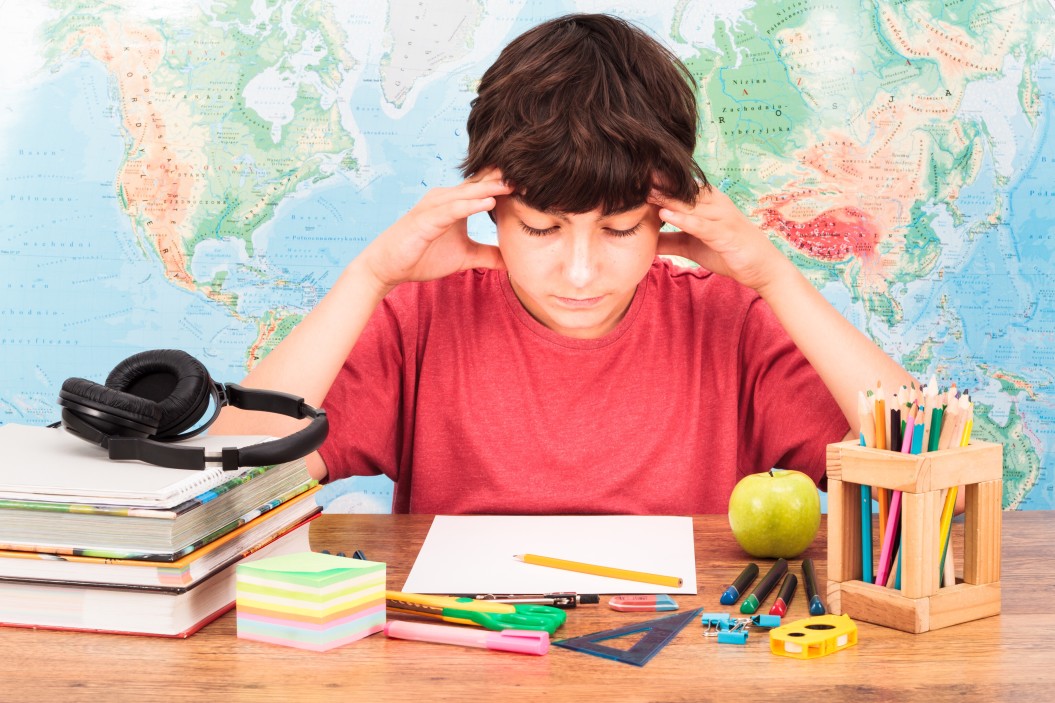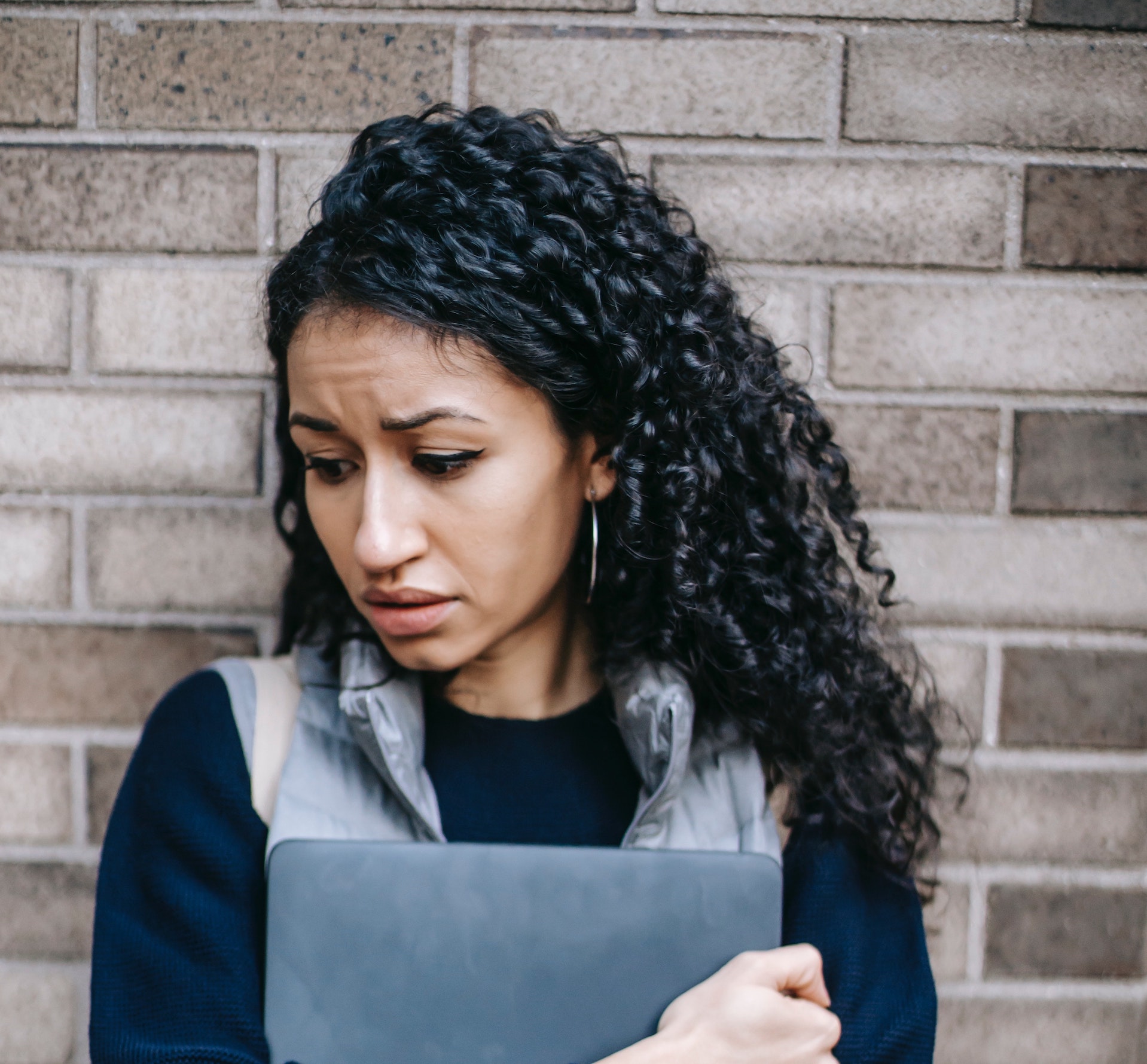U.S. Department of Education Features Esther B. Clark Schools’ Back-to-School Success Story
 The U.S. Department of Education has collected and published best practices and successful strategies employed by schools all over the country as they return America’s students to learning.
The U.S. Department of Education has collected and published best practices and successful strategies employed by schools all over the country as they return America’s students to learning.
Jody Miller, Head of CHC’s Esther B. Clark Schools, contributed “How We Brought the Most Vulnerable Students Back to School,” in which she describes how she and her staff successfully transitioned EBC Schools’ students back to in-person learning this fall.
How We Brought the Most Vulnerable Students Back to School
by Jody Miller
In California, where I am head of Esther B. Clark Schools (non-public schools providing intensive therapeutic and behavioral interventions for K-10 students from over 60 San Francisco Bay Area school districts), I along with many school administrators spent much of the summer preparing for re-entry to in-person learning. At Esther B. Clark, our students came to us because they struggled in traditional academic settings due to their social-emotional needs.
When California went into shelter-in-place, we immediately put together a distance learning plan that considered, first-and-foremost, our students’ emotional and behavioral challenges. Even with a great plan, and as hard as we tried, we could not engage all students, and we found it nearly impossible to replicate interventions virtually. As time went on, many of our students suffered more and more without personalized interventions and one-on-one attention from our specially trained and committed staff members. It was clear that virtual school could not replace in-person school for our population of kids. The longer the separation continued, the more concerned we became about regression and, in some cases, physical and mental health risks. It was clear, very quickly, that distance learning was not going to be a sustainable option for many of our students. They just needed more.
When the state began accepting waiver applications, we were among the first to respond. Along with my staff, I have been an advocate of children and teens with serious behavioral and emotional challenges. Our team delved into preparing for re-entry with safeguards in place to address health safety for students and staff and address our kids’ unique needs. We viewed this as an equity issue – our students simply aren’t capable of sustaining hours of online learning. They need the support of experienced behavioralists who can provide frequent positive reinforcement and breaks from task demands. They need the sensory regulation strategies offered by our Occupational Therapist to sustain longer durations of on-task behavior. They need school-based therapy and experienced mental health therapists to facilitate the use of coping strategies when they are feeling anxious or depressed.
Without these interventions offered daily and in-person, we saw first-hand that our students were experiencing more anxiety, more depression, and more inattentiveness. In the 5 months that we were physically separated from our students, it was heartbreaking that several were hospitalized, and some left to attend residential/wilderness programs. These incidents were much higher than what we’d experienced before virtual learning. It was abundantly clear that we needed to be on campus, offering in-person instruction so our students could continue to progress, not regress.
We were thrilled when we were among the first schools in California to receive a waiver for in-person learning. Now we are back to in-person learning, providing the much needed therapeutic and behavioral interventions the students need. We began our reopening by first having our K-5th grade students back on campus in small cohorts consisting of 12 students. We have recently added our 6th-10th grade students using the same cohort model.
In the three weeks since we reopened, our students are beginning to thrive again. They’re enjoying socializing and engaging with their favorite staff members. They arrive happy and eager to learn. While our students continue to have some difficulty emotionally and behaviorally, they can now receive the support they need to minimize these challenges.
Finally, we are back to learning, playing, and engaging with our students in a way that support their success!
Read Jody’s story and others on the Office of Elementary and Secondary Education website.
Source: U.S. Department of Education | OESE Back-to-School Success Stories, https://oese.ed.gov/oese-back-school-success-stories | public domain
If you are a parent or caregiver and would like to schedule an evaluation or get advice about your child’s challenges, call or email a CHC Care Manager at 650.688.3625 or careteam@chconline.org





